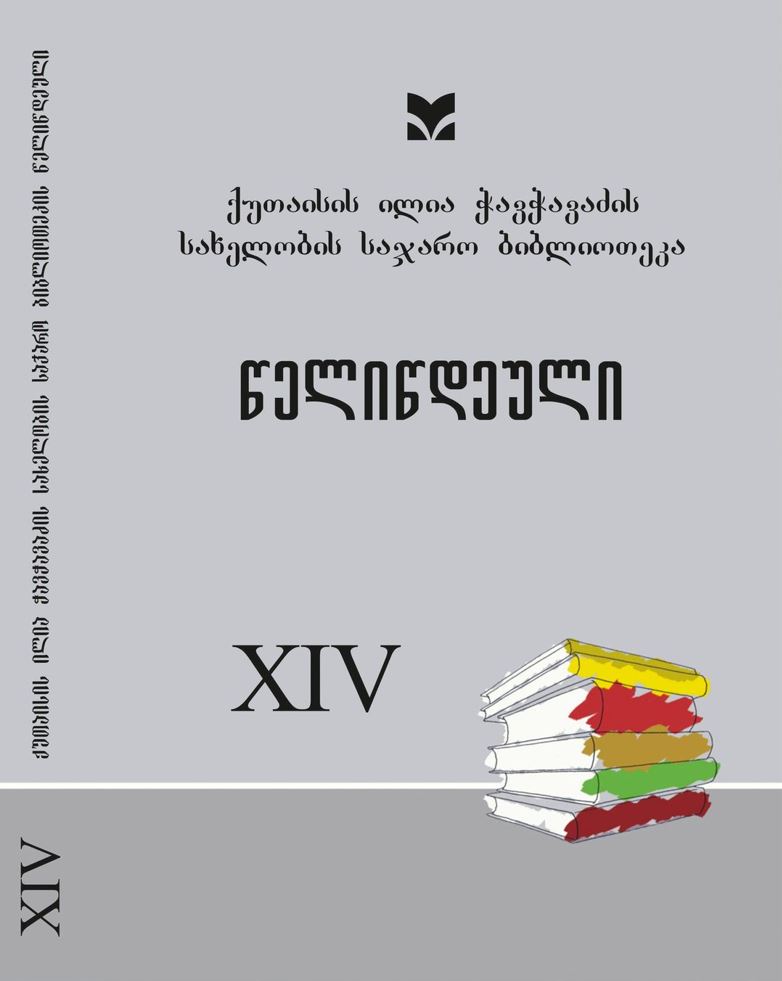Exploring the Socio-Religious Significance of the Forge in the Myth-Ritual System of Abkhazian-Georgian Culture
DOI:
https://doi.org/10.61491/yk.14.2022.6979Keywords:
Georgian-Abkhazian cultural relations, Abkhazian folklore, Abkhazian traditions, Blacksmithing cult in AbkhazianAbstract
The exploration of South Caucasus culture, specifically the region of Kolkheti, remains a pertinent issue in Georgian scientific research. Throughout the centuries, cultural coexistence has been primarily expressed and reflected in various aspects such as the language used in worship services, folk traditions, and rituals. However, following the „Abkhazia war“ in the late 20th century, the Georgian-Abkhazian relationship was severed not only politically but also culturally, scientifically, and socially.
This study aims at elucidating the historical and cultural foundations of the Georgian-Abkhazian relationship by examining the metallurgy and forge mythology. By analyzing folklore and ethnographic materials from the late 19th and early 20th centuries, a combination of typological analysis and the historical-comparative method is employed.
The research unveils the socio-religious aspects and significance of the forge in the daily lives of the people, particularly from the Bronze Age and into the Iron Age. Both Georgian, specifically Megrelian, and Abkhaz traditions feature a distinctive ritual performed in the forge on New Year’s Eve, accompanied by prayers and sacrifices. While this tradition has disappeared in Megrelian culture, in Abkhazia it not only persists but has been officially recognized as a holiday since 1994, remaining a beloved folk tradition. In Abkhazia, the forge prayer ritual is known as „Azhiranikha“ and is regarded as „the day of creation of the world“.
This article explores the reasons behind the association of the blacksmith cult with cosmogonic myths, delving into the complete myth-ritual complex surrounding the blacksmith cult and highlighting both similarities and differences within the Colchis culture. Through typological analysis, the study investigates cosmogonic beliefs and rituals associated with the deity and cultural hero of blacksmithing.
Additionally, it addresses the blacksmith as a sacral, central figure in the religious and social fabric, positioned at the heart of the fire, as well as turning blacksmithing tools into cults. The research also emphasizes the role of the blacksmith as a religioussocial center. While the traditions related to blacksmithing in the Kolkheti plain likely originated during the same period, the Abkhazian ethnological-folklore materials reveal a more archaic layer compared to the Megrelian sources, which exhibit Christianized elements, such as the deity’s name and the nature of the ritual offerings.




